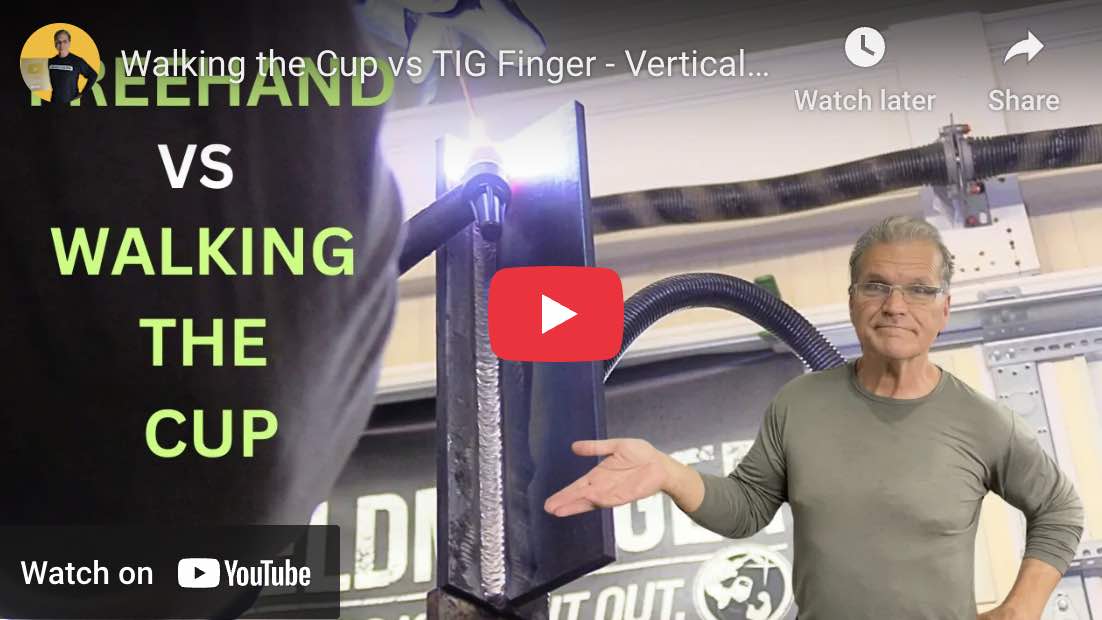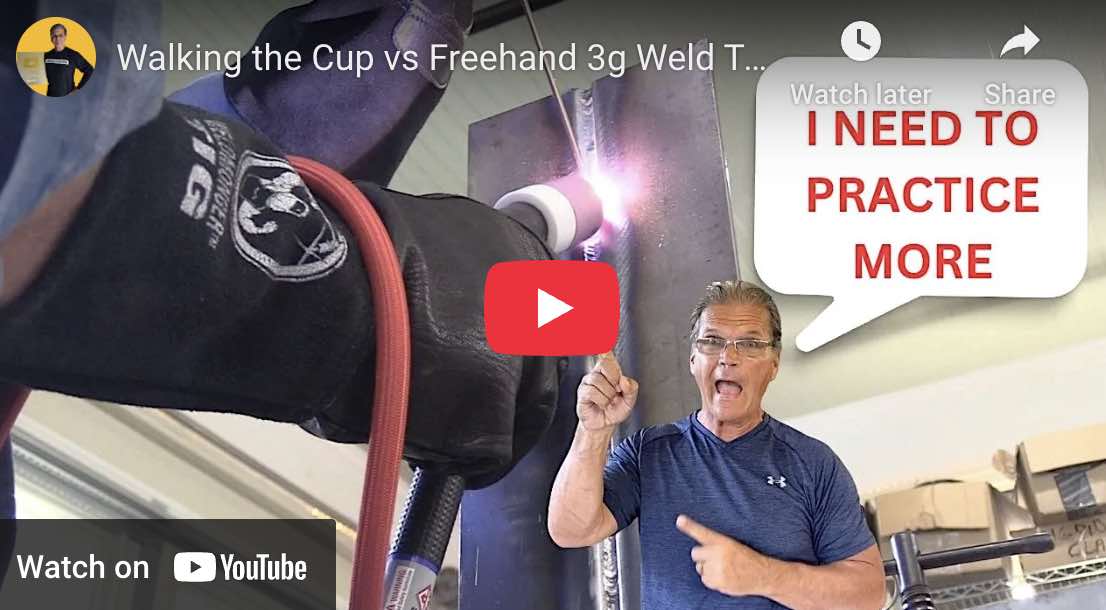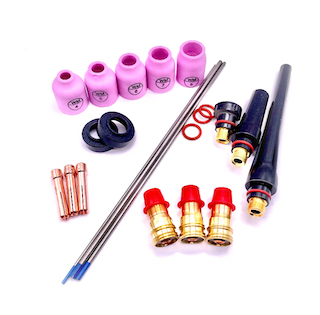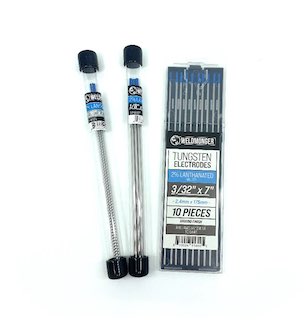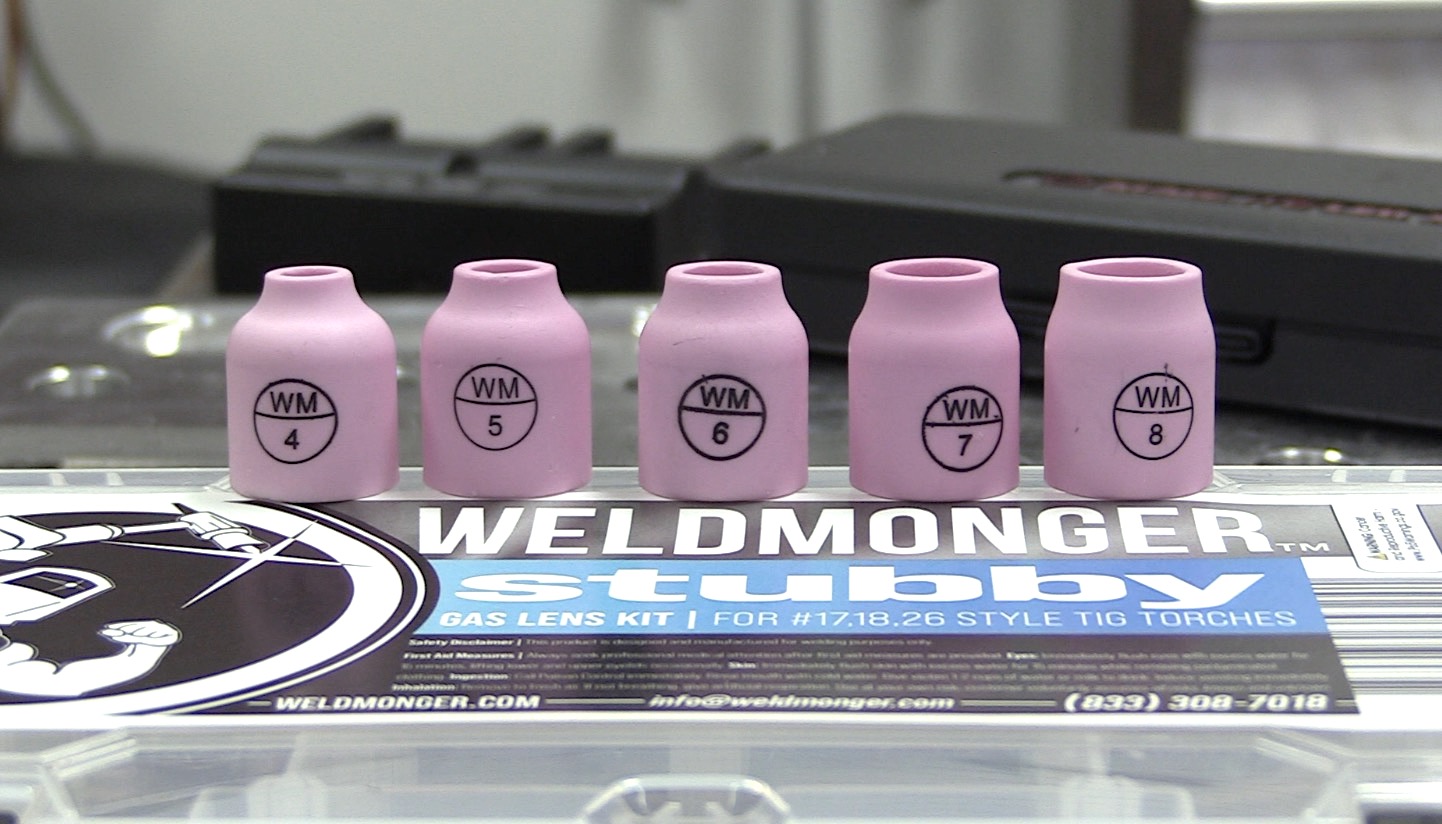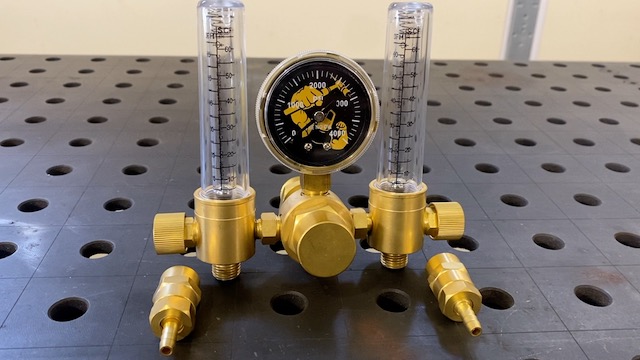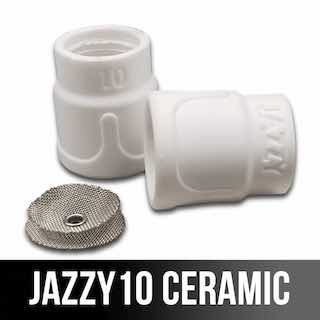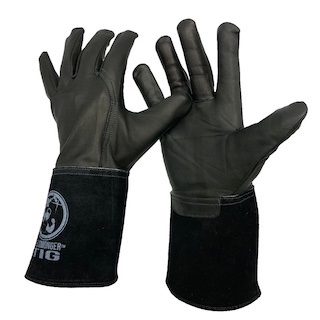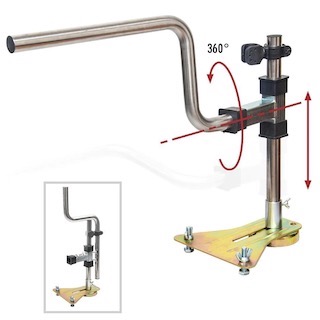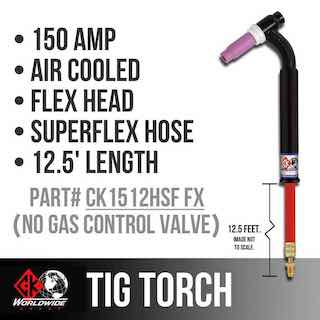Walking the Cup TIG Welding
Walking the Cup TIG Welding vs Freehand
If you are trying to learn how to walk the cup, the video above is one of the best ones you will find and will give you a Huge jump start on walking the cup tig welding.
Practice Walking the Cup TIG welding Scratch Start
New to Walking the cup and Scratch Start TIG? Watch this video for Tips
Vertical Fillet Weld Walking the Cup Practice
If you are in welding school, this video on walking the cup will give you a head start for walking the cup on plate, pipe, and welding socket welds
3G plate Walking the Cup Practice
Some Fab shops give this test to new hires
Stainless flange to Carbon Pipe Welding Walk the cup
Walking the Cup is mostly for pipe welding on butt welds and socket welds. This video shows a stainless butt weld flange being welded to carbon steel pipe.
Why Welding Students Need to Learn to Walk the Cup for TIG Welding Pipe
If you’re serious about becoming a top-notch TIG welder—especially in pipe welding—learning to "walk the cup" isn’t optional. It’s a core technique that separates amateurs from pros in the welding world. But what is walking the cup, and why is it so essential?
Walking the cup refers to the method of moving the TIG torch along the joint by resting the ceramic cup on the metal and "walking" it forward in a controlled manner, typically using a motion that is a lot like walking a 55 gallon drum across a shop floor.
This technique offers a number of critical benefits, especially when welding pipe:
1. Consistency and Stability in the Weld Bead
When you walk the cup, you stabilize the torch using the cup itself as a contact point. This minimizes hand fatigue and shaky movement, allowing for more consistent arc length and bead placement. That means fewer dips and inconsistencies, and more uniform welds that are not only functional but visually impressive.
2. Better Control Over Arc and Heat
Controlling heat input is essential in pipe welding. Walking the cup helps maintain a consistent distance between the tungsten and the workpiece, which results in better arc control and even heat distribution. This is especially critical in welding high-pressure or critical piping systems where weld integrity can’t be compromised.
3. Walking the cup vs Freehand
Pipe welds often require you to weld in tight or awkward positions—. Walking the cup is not always possible when access is limited so learning both walking cup and freehand techniques is a must..
4. Industry Standard in Pipe Welding
In industries like oil and gas, power plants, and food-grade piping, walking the cup isn’t just encouraged—it’s often required. Welding inspectors and experienced employers look for this technique because it usually ensures cleaner, more professional welds that meet code standards. If you’re aiming for a career in these sectors, walking the cup is a must-have skill.
5. Precision in Root and Cap Passes
When you're doing a root pass (the first weld that goes into the joint), it's important to have complete uniform penetration. Walking the cup lets you feed filler rod with one hand while keeping your torch steady with the other, allowing you to get a uniform root. On the cap pass, it helps create that beautiful, even finish that’s so important for your reputation as a pipe welder.
6. Building Muscle Memory and Professional Habits
For welding students, developing muscle memory early in your training sets the stage for long-term success. Walking the cup requires you to master multiple variables at once—torch angle, filler wire feed, travel speed, and arc length. Practicing this technique helps you internalize these controls, making you a more capable and confident welder across all projects.
Bottom Line?
If you want to be a pipe welder who gets hired, gets respected, and gets the job done right—then learning to walk the cup is non-negotiable.
It’s not just for looks; it’s a time-tested technique that produces the best results in the most demanding applications. Start practicing early, and it’ll pay off for the rest of your career.




